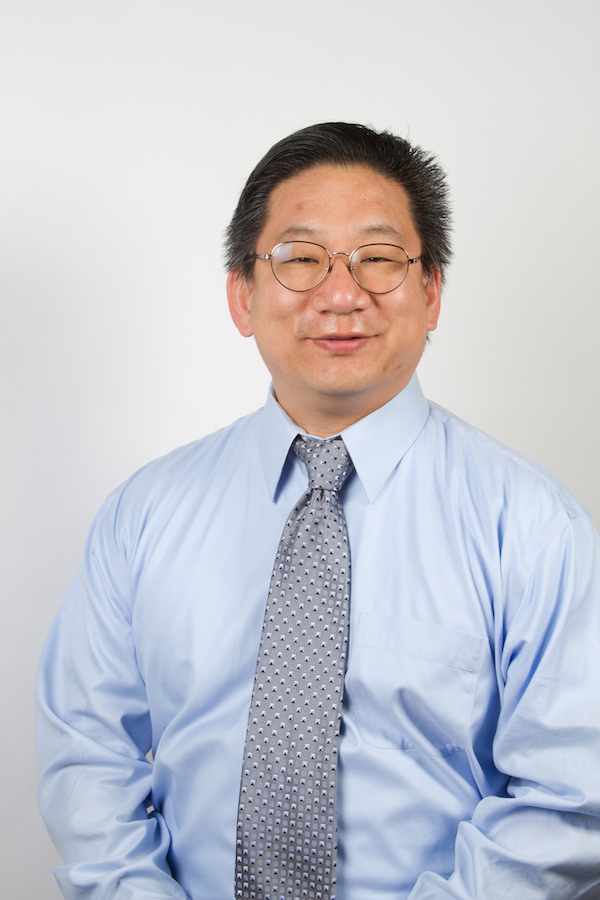Golf and “Geek Speak”: The Physics Behind the Sport
 Despite the size of his golf club collection, you won’t find Dr. David Lee out on the green or keeping tabs on the Masters Tournament next month. He’s more interested in the physics behind the sport than playing the sport itself—an interest that began 20 years and several patents earlier, when the startup where he worked, Liquidmetal, began manufacturing golf clubs from newfangled metal.
Despite the size of his golf club collection, you won’t find Dr. David Lee out on the green or keeping tabs on the Masters Tournament next month. He’s more interested in the physics behind the sport than playing the sport itself—an interest that began 20 years and several patents earlier, when the startup where he worked, Liquidmetal, began manufacturing golf clubs from newfangled metal.
After a few stops at other startups, he began his work as a consultant materials scientist for golf clubs at Nike and was later invited to join Golf Digest’s “Hot List” Summit, a panel of experts that meet annually to test and rate the quality of new golf clubs for placement on their annual “Hot List,” released every year.
“A golf club is not really viewed as a piece of technology,” Dr. Lee says, “yet it really is a high-tech instrument nowadays. Maybe not so much in the past, but it is now.”
Golf Digest’s Hot List Summit features several teams of people who test and rate golf clubs in a variety of ways. “There are five or six of us on this technical panel and we get together every year,” he explains. “The new clubs come in, and the manufacturers submit technical data showing why their innovations are real and helpful. We try to evaluate that. Our analysis goes into the formula that Digest uses for their ratings of the clubs.”
The technical panel analyzes different aspects of the physical golf club, and how various features might affect the golfer’s game. For example, in a club like a driver, they might examine how technical features ultimately impact the distance, trajectory and accuracy of the ball off the tee. In a club like a wedge, they might look at how features affect its ability to hit controlled shots out of the rough.
What physical features impact performance like that? “In a driver,” Dr. Lee says, “the design may affect things like the club’s center-of-gravity, its moment-of-inertia around different axes or the ball’s launch angle and spin rate as it leaves the face of the club.” Since most golfers don’t hit the center of the face, the design may determine how the club performs on off-center hits; other clubs may incorporate features such as adjustability to add value. “It is fun to see the creativity of the design engineers as they explore new ways to build a better club,” he says.
“My role in the ‘Hot List’ is really about material selection,” Dr. Lee explains. “Why did the manufacturer choose certain materials, and what are their properties in this situation? How does the material perform in conjunction with the other materials in the system and what tradeoffs had to be made in the design? I like to study why different materials have the property that they have and how those properties can be tailored or improved, thus allowing them to be utilized in novel ways.”
Plus, he jokes, “most people find the ‘geek speak’ about golf interesting.”
Check out this year’s “Hot List,” featuring the best golf clubs of the year, chosen by Dr. Lee and his team.
By Megan Harvey ’19, communication arts
 The Bell
The Bell